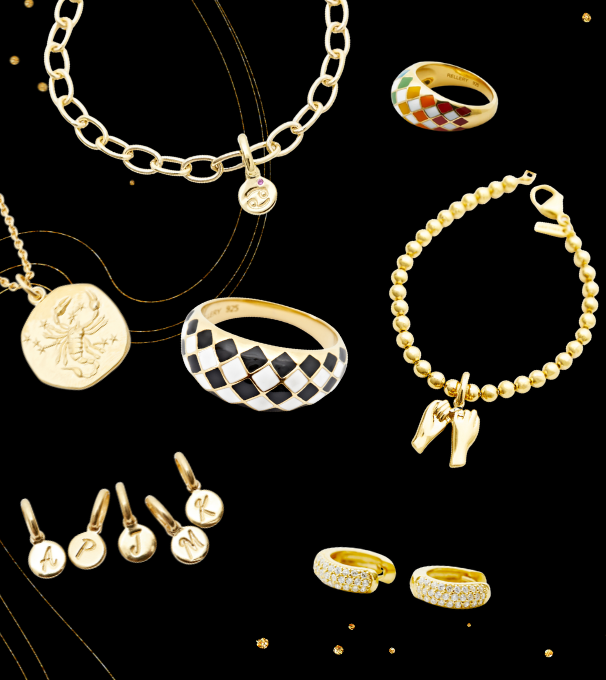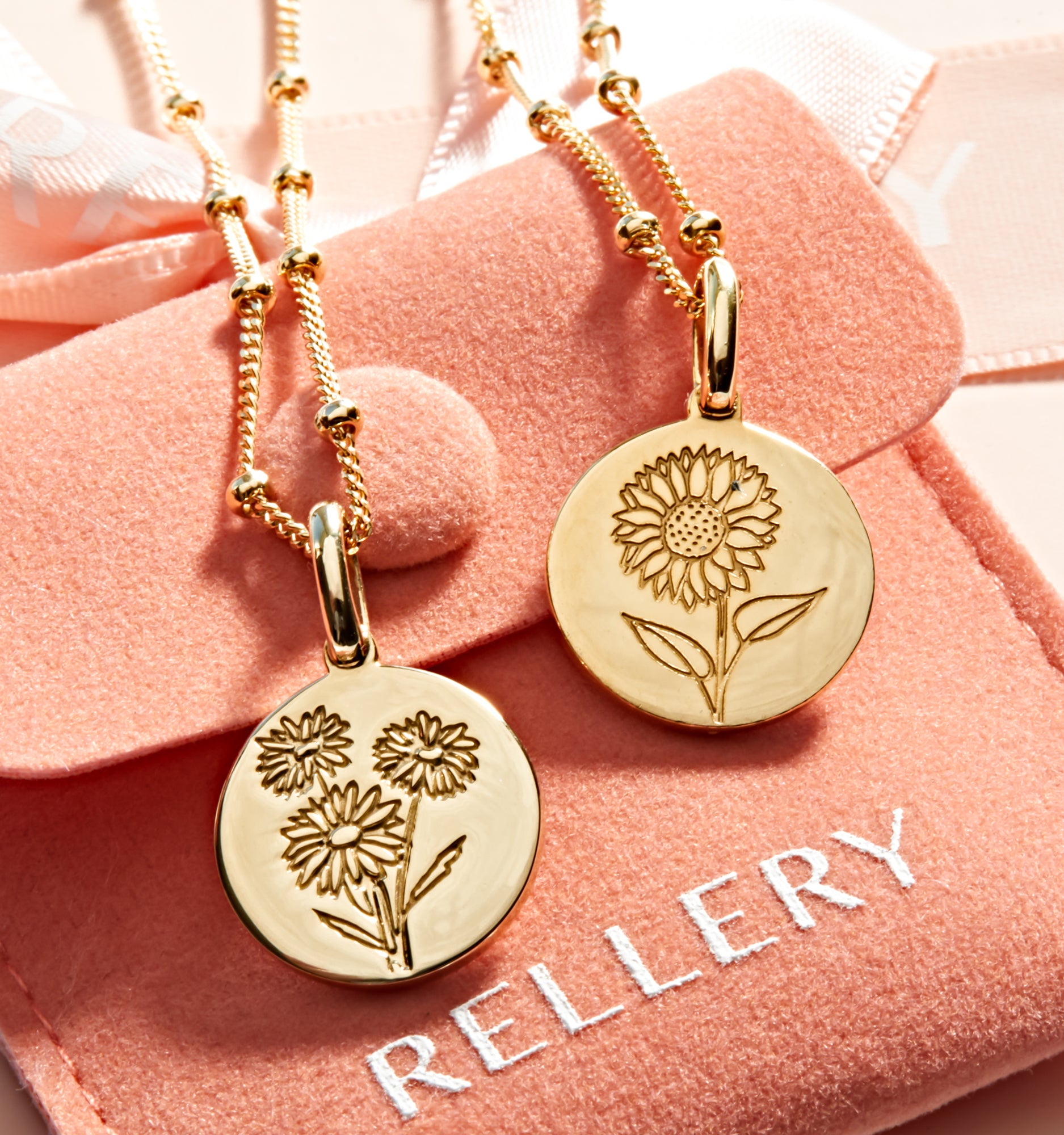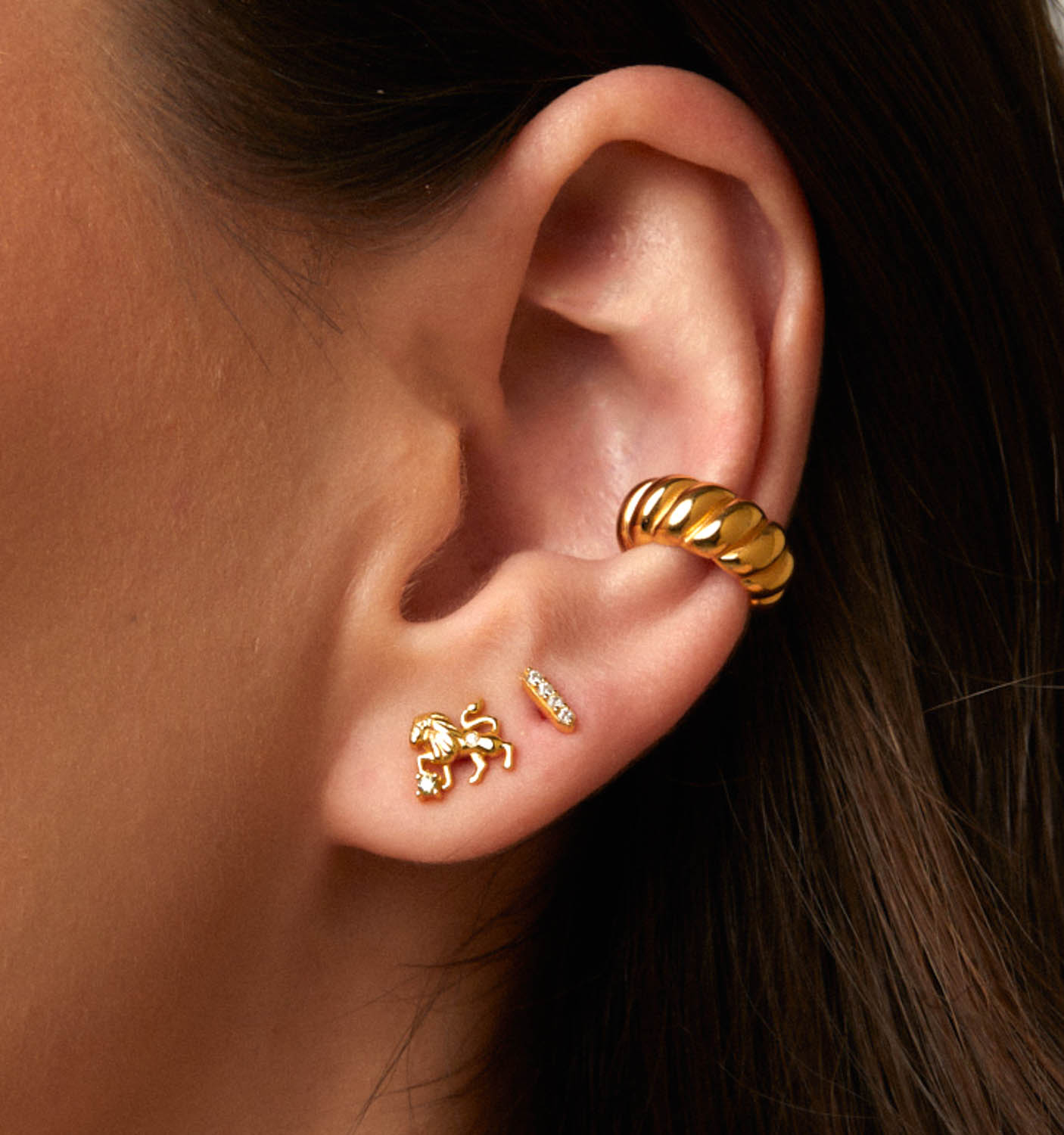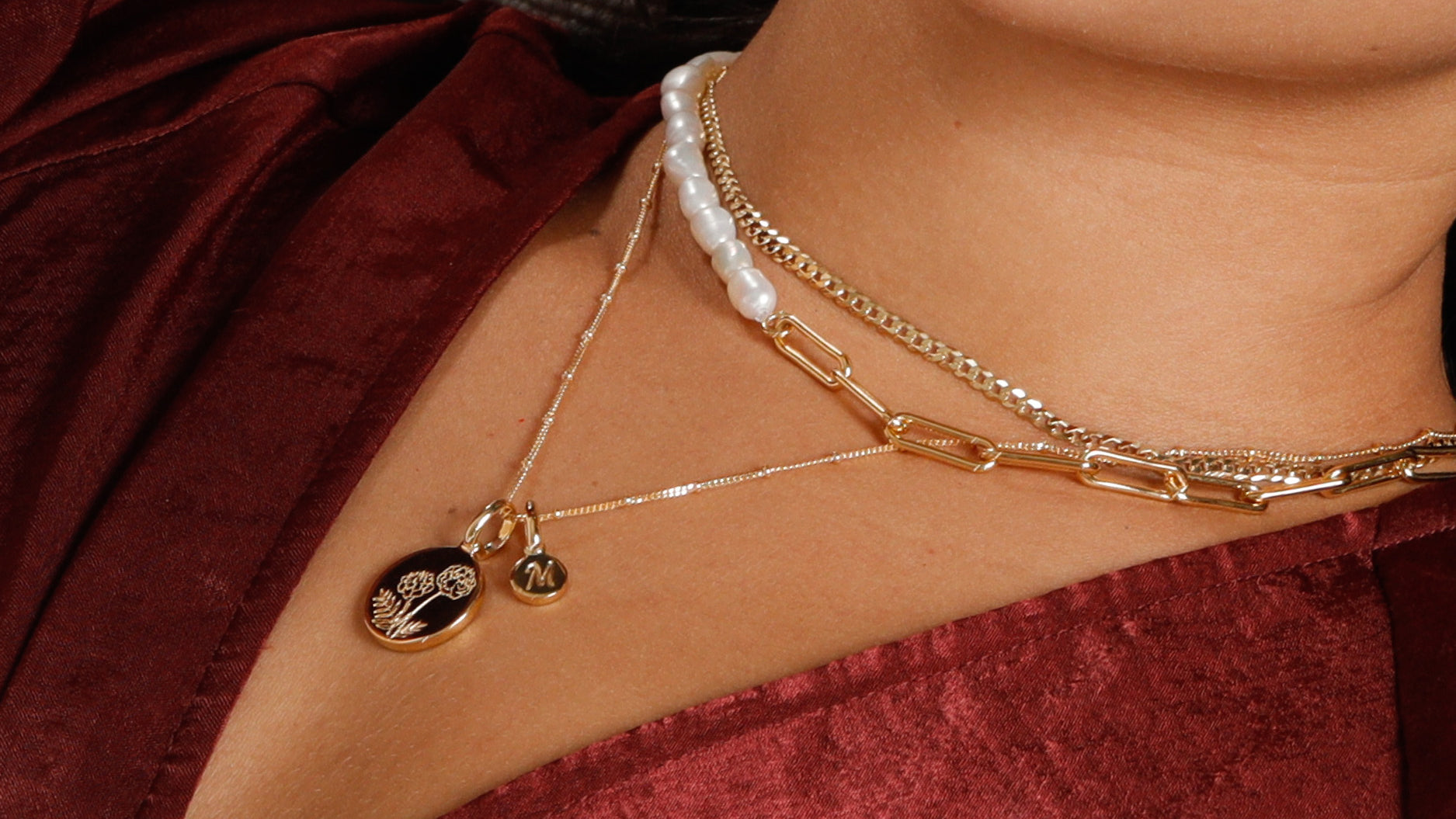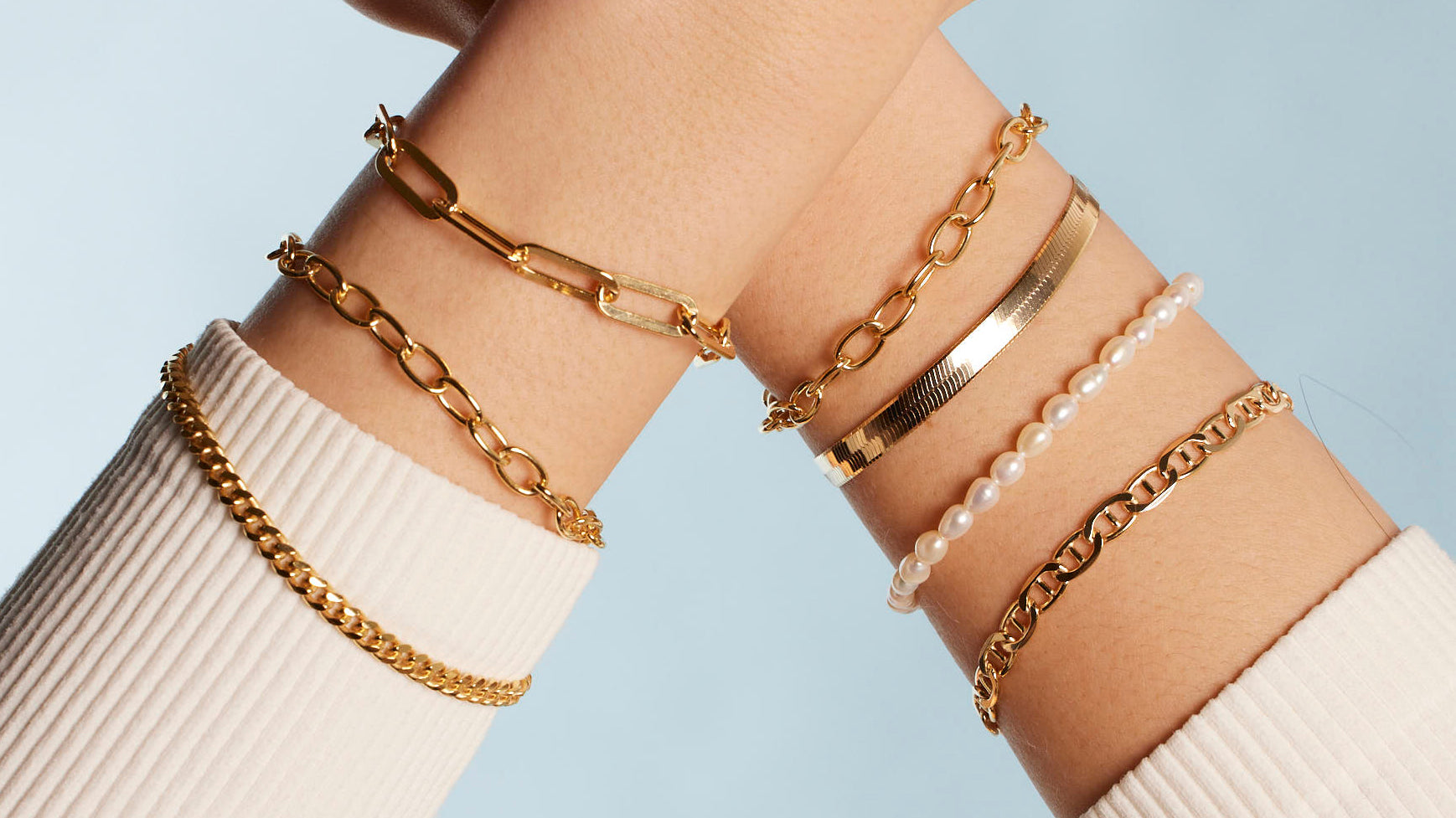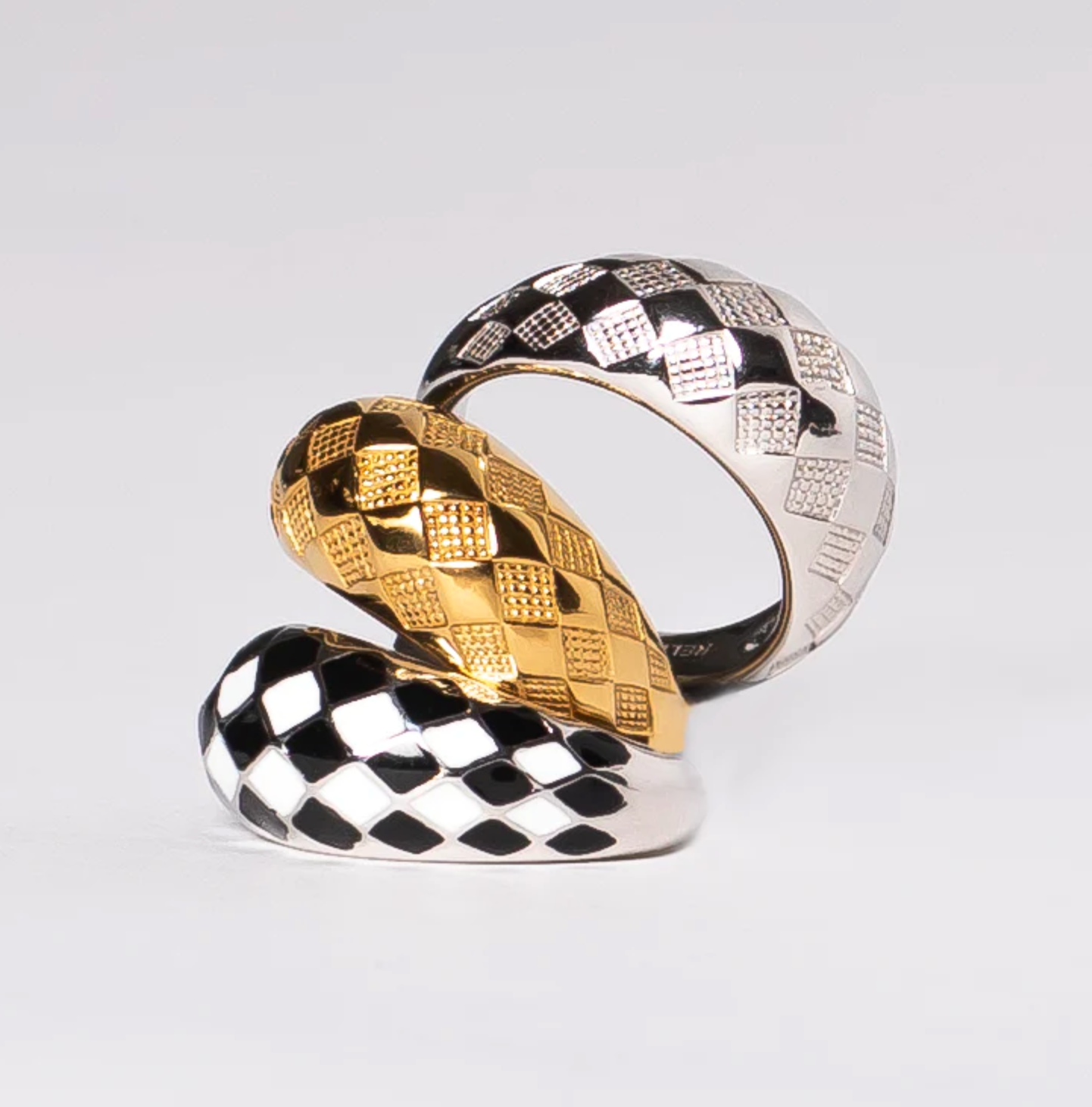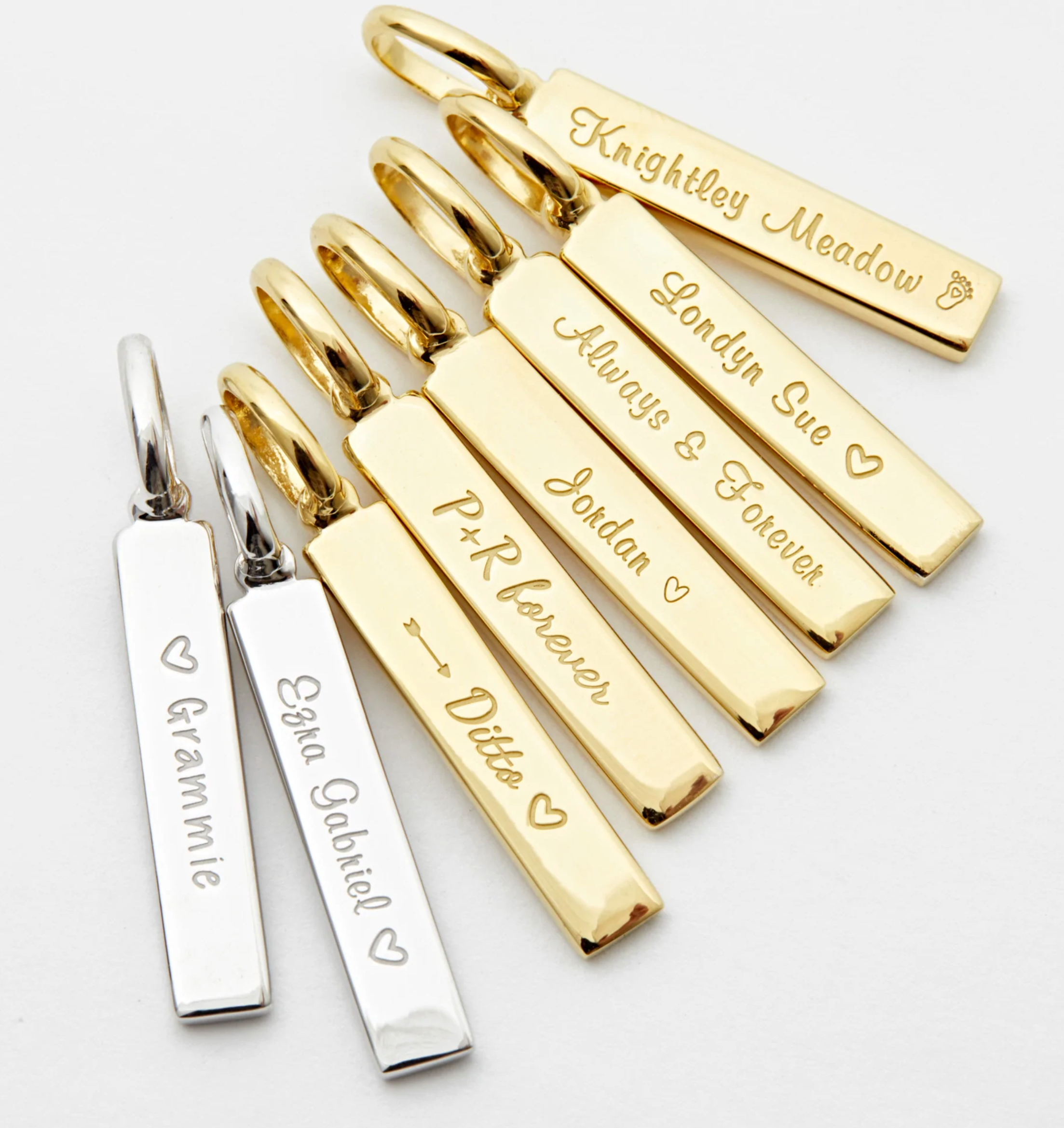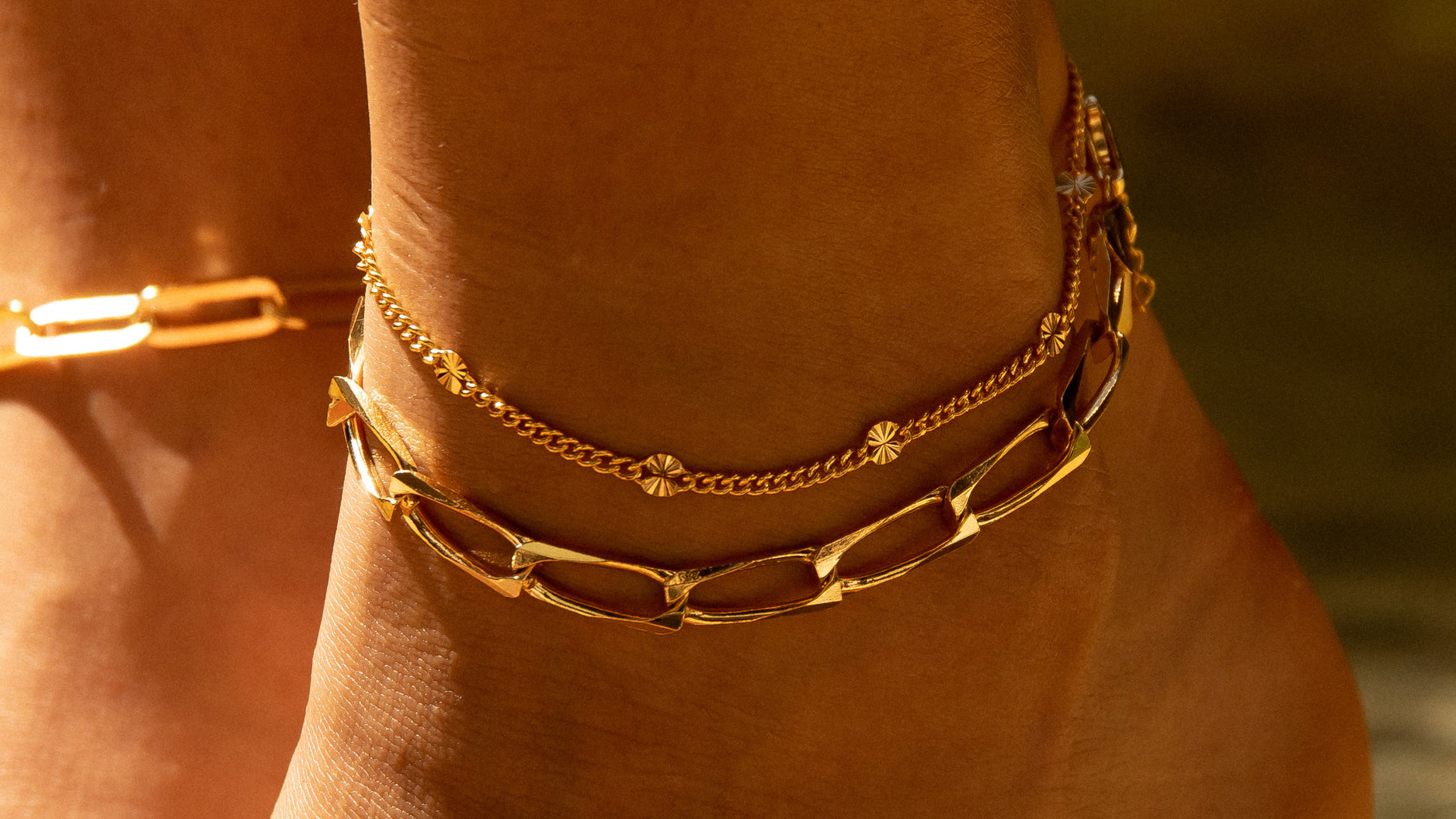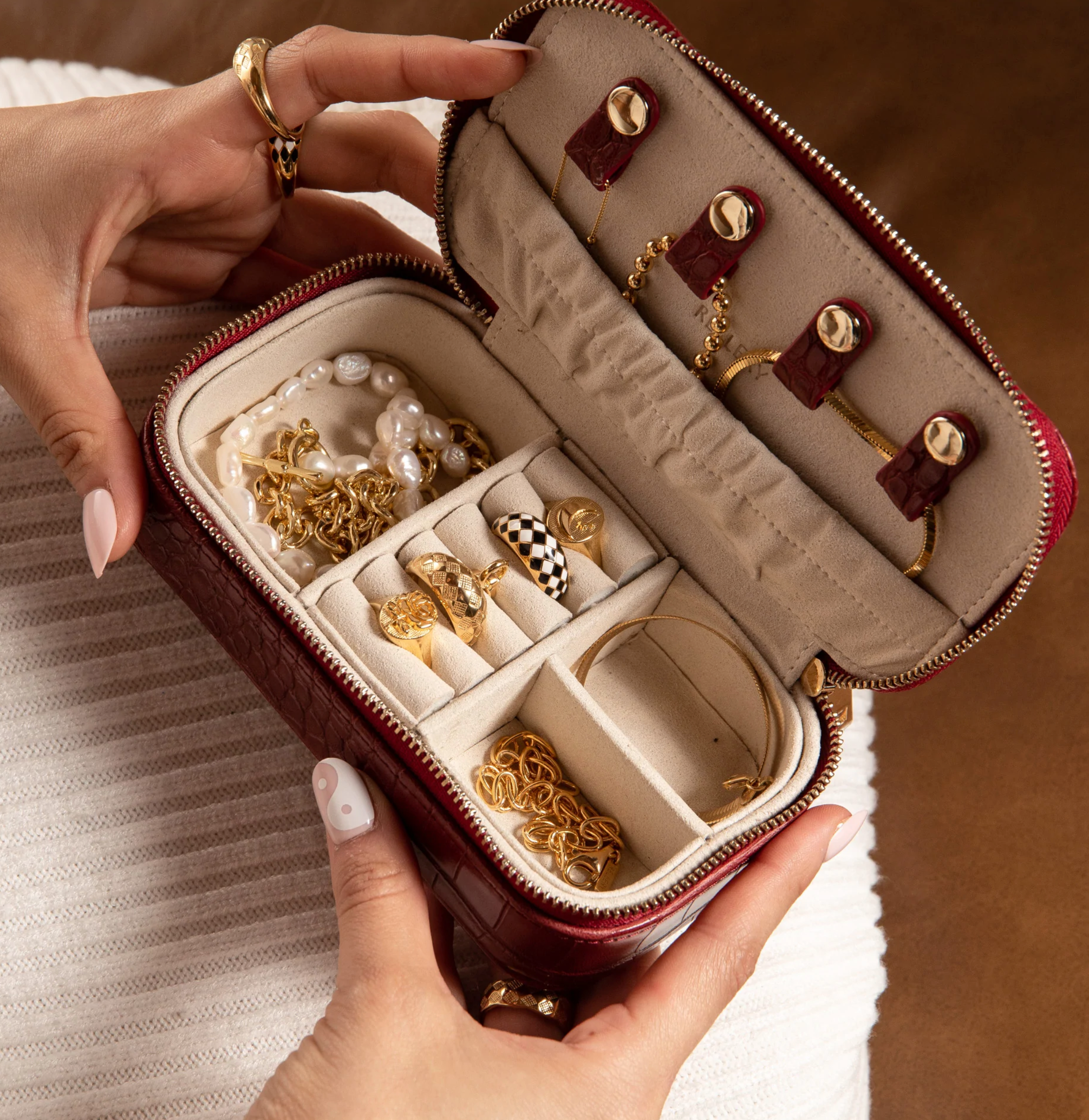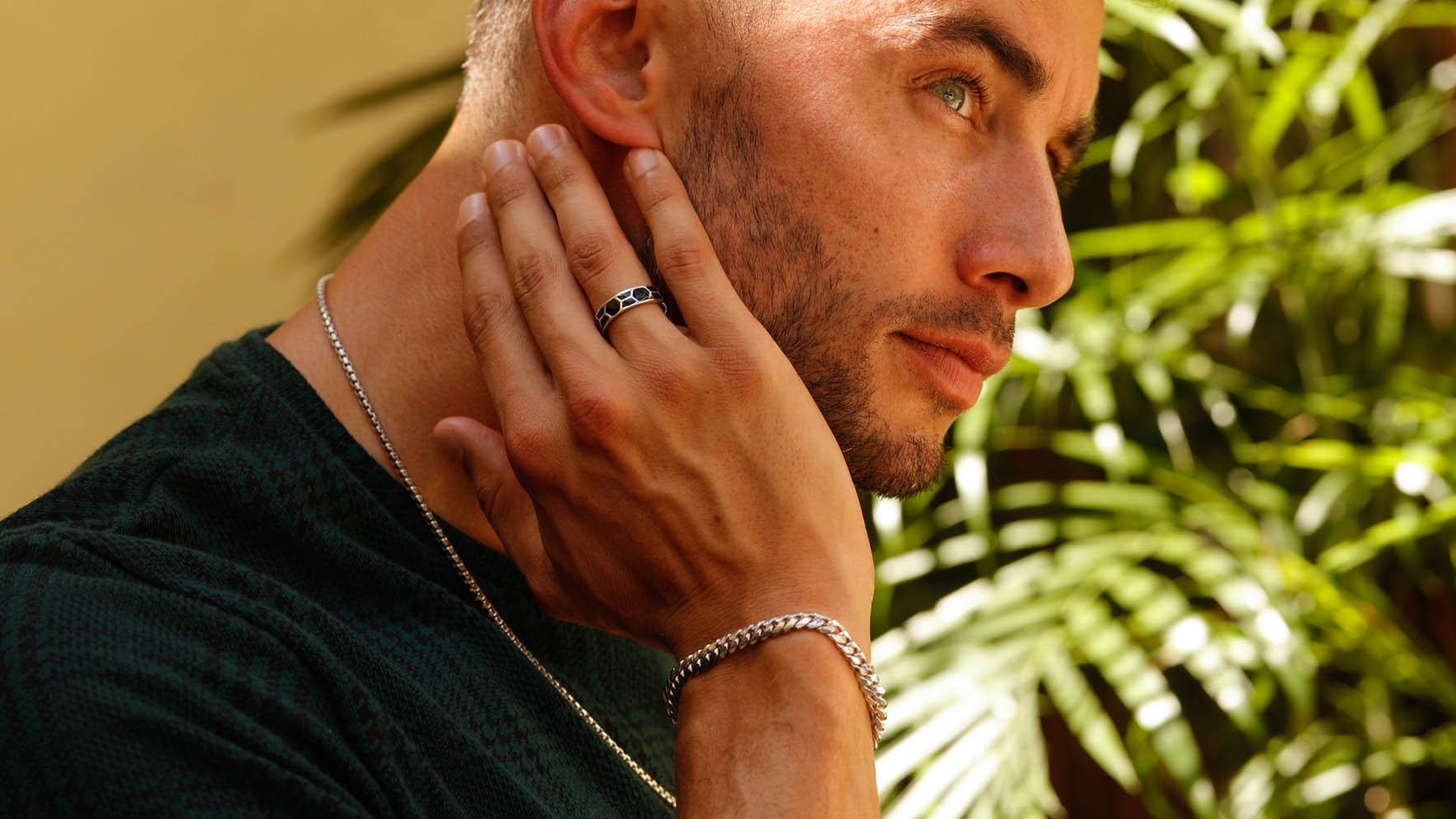
Pearls are beautiful, and one of the reasons why you’re itching to know if your almost too beautiful pearl necklace is the real deal.
It’s a pretty awesome (and complicated) process to cultivate pearls to create stunning pieces. So why not learn a little bit about pearls?
We’ll also chat about the three best ways to spot a fake pearl. Don’t be fooled, honey!
Pearls: A Brief Overview
Pearls are associated with elegance and natural beauty. They were once believed to be the tears of gods and goddesses, and associated with heaven.
For centuries, pearls have been given as extravagant gifts, often from a man to the woman he loved. In fact, pearls have represented love long before the diamond was incorporated into the engagement ring.
They were also, at one time, far more costly than diamonds. Cleopatra was rumored to have crushed a pearl into a glass of wine so she could say that she served one of the most expensive dinners, ever. Pearls are, and have been for a very long time, a status symbol.
A sign of elegance, refinement, wealth, and importance.
The only reason pearls eventually became obtainable to people who are not royalty or incredibly wealthy is because the cultivation of artificial pearls gave the natural oyster population time to replenish itself and come back from the brink of extinction after years of pearl divers scouring the seas to find pearls to sell to the rich and powerful member of society.
People have come a long way in creating artificial pearls. Science has advanced many times over the years, to help artificial gem manufacturers trick us into buying a piece of cheap plastic instead of authentic gemstones.
So, how do you tell the difference between a real pearl and a cheap piece of plastic?
There is no truly perfect method for spotting a fake pearl, but luckily, there are some ways that have been tried and true for the most part.

The Tooth Test
Real pearls are made up of tiny little crystals, all bunched together. The crystals can not be
seen with the naked eye, but can often be seen under a microscope. These little crystals give
them a rough, gritty texture.
You may not feel this texture on your skin, but your teeth are sensitive enough to feel the grooves and grit of a real pearl.
Very gently, rub the pearls against the front of your teeth, careful not to use the bottom of your teeth at the risk of chipping a tooth or scratching your pearls. Is it rough, like sandpaper? If so, chances are your pearls are genuine. If they are smooth, you know… like plastic?
Then they are probably made of plastic or some other man-made material like glass, abalone, or even fish scales, which are natural materials, but they still won’t have the grainy, rough texture you’re looking for. You may not want to use this test on pearls you haven’t bought yet, because most jewelers probably would not want you getting your germs on expensive jewelry you haven’t paid for.
But, if you have pearls at home that you would like to try this test on, it is one of the most reliable ways to differentiate between real and fake pearls.
If you don’t want to risk scratching your pearls with your teeth, you can rub the pearls against each other. They should have that same gritty texture, as opposed to rubbing smoothly together.
Temperature
Have you ever seen one of those old-timey glamour photos of a woman with her pearls in her fist, and pressed against her cheek?
The reason it’s so common to see women holding their pearls to their skin is because real pearls are often colder than fake ones. Fake pearls will stay at room temperature, while genuine pearls are made of natural minerals from deep in the ocean, and don’t stay warm or warm-up as easily as artificial pearls.
Although cold at first, real pearls will eventually match your body temperature after wearing them for a while, but when you first pick them up, they should be cold to the touch. However, fake pearls made of glass can be cold when you first pick them up, but they will warm up within a few seconds, whereas it takes a genuine pearl closer to a few minutes.
The best place to try this is on the face, or anywhere your skin is more sensitive. The palms of our hands and tips of our fingers are exposed to everything we touch throughout the day and are not as keen on little nuances like the relatively cold temperature of natural pearls.
This will def work with your pearl necklace as well.

Real Pearls Aren’t Perfect
Much like everything else in nature, pearls have a unique design. Just like no two snowflakes have the same shape, all pearls aren’t the same shape.
They also don’t have the same colors or the same amount of luster. A genuine pearl will usually have small indentations around the pearl, rather than being perfectly round and smooth.
Although they can make a real pearl into a perfect shape, they are often left in their most natural state. Fake pearls are often made to look the exact same because it’s assumed that we want cookie-cutter perfection.
Nature doesn’t make anything with humans, or aesthetic preferences, in mind. In nature, whatever happens, happens. It’s those natural flaws that are often the most beautiful. There’s a great deal of wonder and elegance found in things that exist in spite of perfection and the human standard. That’s what you’re looking for when you buy pearls.
You want something that is beautiful the way it is, without anyone else’s permission or direction. Even if every pearl on your necklace is the same type of pearl, they should all have their own look, their own design, and their own story.
Some pearls came straight from the ocean, and some were “cultured” by pearl farmers who raise and sustain oysters, for the sole purpose of harvesting the pearls they produce. In fact, 99% of all pearls are cultured pearls.
If a jeweler is using the term “cultured”, it doesn’t mean the pearl is fake, it just means it didn’t come from the ocean. Pearl farms can produce one, or several, different kinds of pearl. It all depends on what kind of oysters they have and where those oysters came from, and what material was inserted into the nucleus of the oyster to prompt the process of creating a pearl.
Although scientifically impacted, these are still real, authentic pearls, not plastic or glass beads. Some of the common names for different types of pearls are:
- Akoya Pearl (also known as Hanadama Akoya)
- Tahitian Pearl (also referred to as black Tahitian pearls)
- South Sea Pearl (usually white or golden)
- Freshwater Pearl (often have a more “metallic” finish on its surface)
- Mabe/Coin Pearl (most of them are flat and oval-shaped)
- Baroque Pearls (often not round, and have the most varying shapes)
Pearls, Pearls, Pearls
Any reputable jeweler can easily tell the difference between a real pearl and a man-made bead, but most of us aren’t in the jewelry business. Use these methods on your own pearls, especially ones you may question the authenticity of.
If they pass these tests, chances are, you have the real thing.
If not, you may want to keep these things in mind from now on when you’re shopping for pearl jewelry.
Sources:
https://www.pearl-guide.com/forum/content.php?50-Hanadama-Akoya-Pearls&s=af9a40d7fd2de5d675c28a3240557590
https://www.thepearlsource.com/blog/about-freshwater-pearls/freshwater-pearl-farming-the-ins-and-outs/#
https://www.gemsociety.org/article/history-legend-pearls-gems-yore/



